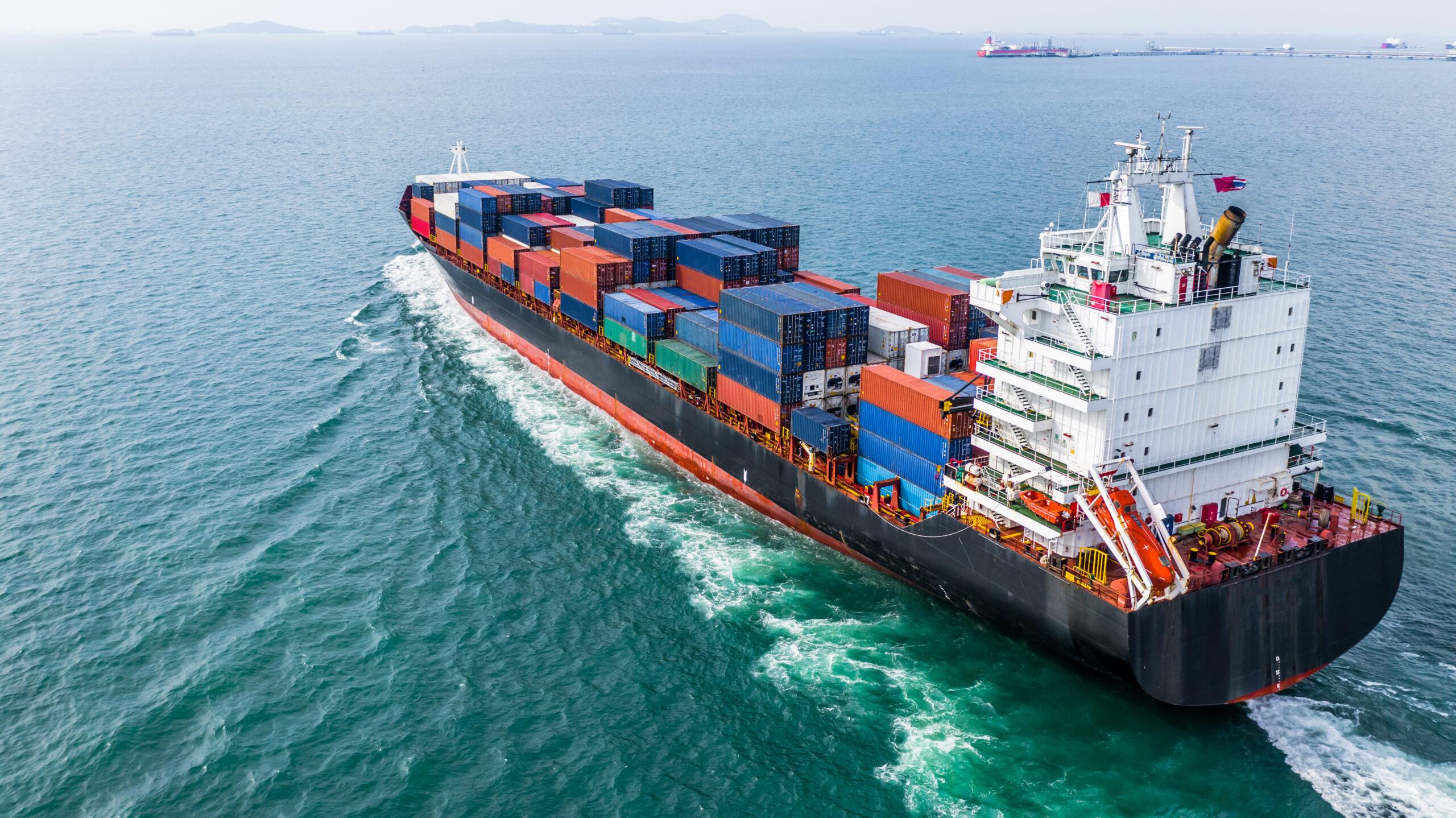In a globally connected world, it is no secret that international trade is the key to climbing the ladder of success at a faster pace. More and more businesses are now looking to expand their reach beyond borders in order to explore growth-accelerating opportunities. These new and promising avenues have the potential to help businesses establish a strong global presence.
However, there are certain challenges and risks in international business that organizations need to be aware of, especially when navigating overseas markets for the first time. Considering international business risk factors is a mandatory step. It can help businesses predict certain complications, and avoid the hefty costs to address them. In this blog, we will address the risks in international trade, as well as how to mitigate these risks in international trade:
Types of Risks in International Trade & Ways to Tackle Them
1. Credit Risks:
Also referred to as counterparty risks, these challenges related to credit can arise if your trading partners fail to deliver on their part – be it in terms of accounts receivable, product delivery, or any other differences that arise during the assignment.
Certain measures can be put in place to protect the business from commercial risks in international trade like non-payment or delayed deliveries. Here are some examples: vendors can take payment in full or a fair percentage before delivering the products. One of the most effective ways is leveraging a letter of credit. It can help create a sense of security among buyers and sellers involved in a project.
2. Legal Risks:
Legal risks in international trade can arise due to foreign rules and regulations. Each country has its own set of laws. When venturing into new international markets, businesses have to first get well-acquainted with different commercial laws, as well as import and export allowances of the particular country.
It is important to keep track of all the rules as legal proceedings often come with hefty charges. In addition, it helps to get the products verified, as well as get an export certificate. Legal risks can be best avoided by appointing an arbitrator, in case there are any disagreements with regard to the contract.
3. Political Risks:
When trading globally, it is important to keep track of the political situation in the concerned countries. The political changes may significantly alter the import and export regulations. Economic circumstances may affect a country’s ability to manage its liabilities.
Some of the main factors that can lead to country risks are sudden changes in monetary and currency policies, changes in the party in power in the concerned countries, civil wars, strikes, rebellions, and such. An effective way of monitoring country risk is by staying updated on the information provided on reliable online portals like the official website of the Ministry of Foreign Affairs and Trade for the specific country.
4. Foreign Exchange Risk:
Unwarranted changes in home currency or foreign currency can affect expected profits to a great extent. The constant fluctuation in foreign exchange rates makes this a risk worth addressing, at the earliest. Here, there is a higher risk for businesses that will soon start working on new contracts.
In case of extreme fluctuations, businesses have to convert the funds generated overseas at lower rates than predicted. To not bear the brunt of foreign exchange risks, businesses can have an exchange policy in place that will help in streamlining cash flow as well as optimizing profit margins despite the fluctuations. Businesses can also leverage several advanced tools for analyzing risks related to currency.
5. Shipping Risks:
When it comes to shipping, there are several factors that can hamper the quality of the products or in some cases, lead to non-delivery. Some examples of this are: breakage, damaged packaging during transport, leakage, theft, contamination, collision, accident, and vandalism.
While most of the factors are unpredictable, there are some solutions. This is where getting insurance for the products can prove to be an excellent measure. The International Chamber of Commerce has set some rules for both vendors and buyers involved in international trade. It is crucial to know the rules and take the right precautions to limit the risks.
6. Intellectual Property Risk:
When trading overseas, multiple parties (both local and global) are involved in the delivery of any and every project. Here, the risk primarily arises when conducting business globally via unreliable third parties.
There can be instances where they are likely to make unauthorized use of information related to the business. Intellectual property risks can be best avoided by registering the corporate names as well as the trademarks particular to the business before signing an agreement with foreign parties.
Unlock The Potential Of International Trade Finance With Us
Tradewind Finance provides international trade finance to the world’s small- and mid-market. Founded in the year 2000, with more than 20 offices worldwide, we transact across all continents. Because of our deep understanding of the textile and apparel industry, we can provide each client with a tailor-made solution based on location, products, and payment terms.
We finance sales to leading brands including Gap, Ralph Lauren, H&M, Dockers, Target, Levi’s, Inditex, C&A, New Yorker, Pepe Jeans, Arcadia Group, Express, and more. Located in India, Bangladesh, Pakistan, China, Vietnam, and Turkey, our clients typically sell to major retailers and wholesalers in the U.S., Europe, and the Middle East.
We provide pre-export and export financing for sales made on open accounts, letters of credit, and documentary collections payment terms. Our innovative solutions help accelerate clients’ cash flow and allow them to increase their turnover and take on larger purchase orders for faster growth.
Our international expertise enables us to structure credit facilities for companies based anywhere in the world. They can securely transact in USD, EUR, GBP, and other major currencies. Using purchase order funding, inventory lending, letters of credit, and structured guarantees, our solutions help align the needs of both buyers and sellers and minimize risk across the supply chain.


